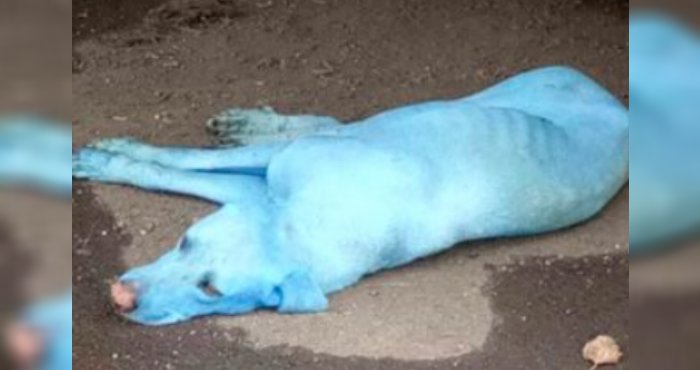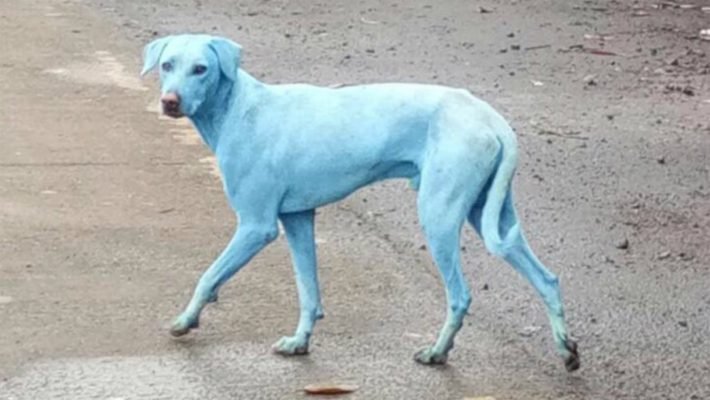See here in full the subject of Hipescience about the blue dogs:
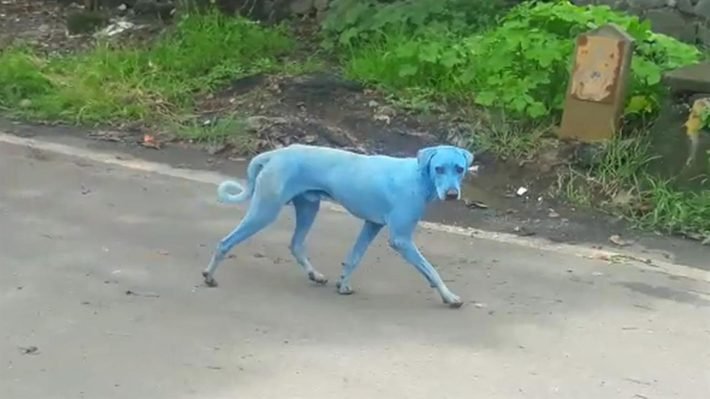
An environmental problem in the industrial district of Taloja in the Indian city of Mumbai has left the region's residents scared last week. The water in the river that cuts the neighborhood is so polluted that it is coloring the dogs' hair in blue.
For many years the Kasadi River has been declared as having non-potable water because of the high concentration of chemical residues. The problem, however, was ten times worse than that.
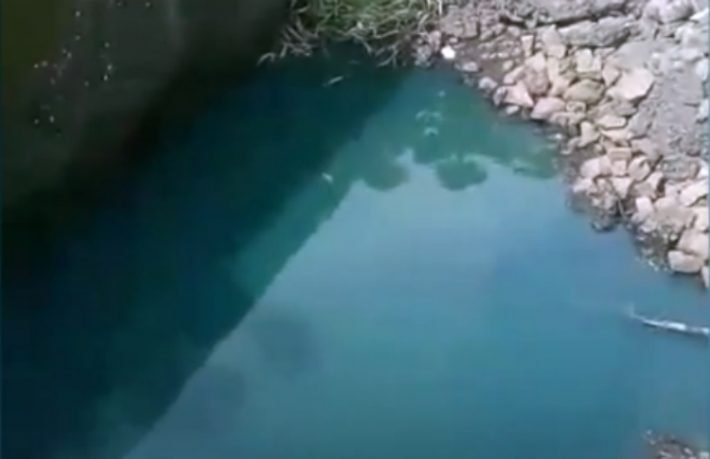
The animals appeared this color overnight, and at first many people believed that this was the result of someone's intentional action, which would be dyeing the dogs one by one. But this was not the case.
Animal guards were briefed on what was happening and acted quickly to find the blue street dogs and help them. "It was shocking to see how the dogs' white hairs had turned blue. We found five dogs here and asked the pollution control council to act against the polluting industry, "says one of the activists, Arati Chauhan.
The activists managed to capture only one dog, who was taken to a clinic where he showered and was examined. "The paint is possibly water-based and left after two ordinary baths. In addition to the bath, samples of the dog's skin were removed to check if the paint is toxic.
A local newspaper claims that the level of pollution of the river has been multiplied by 13 since it was declared non-potable. The dogs in the area drink and swim in this water, and she is coloring her coat with dyes from the industries that dispose of the waste there illegally.
Local fishermen have complained about the problem for years, but nothing has been done so far. The fish are dying and there is a terrible smell. Even so, the population depends on the fish caught in this river to supplement family feeding, and this raises an important concern about the consequences of ingesting these substances on human health.
According to the Times, representatives of the pollution control commission have identified a detergent factory that would be responsible for the illegal disposal of the dye in the river. An investigation was opened and the area was fenced so that more animals and people could not approach the water. This fence, however, is fragile and has holes, and animal activists believe that there are more blue dogs yet to be found.
STREET DOS IN INDIA
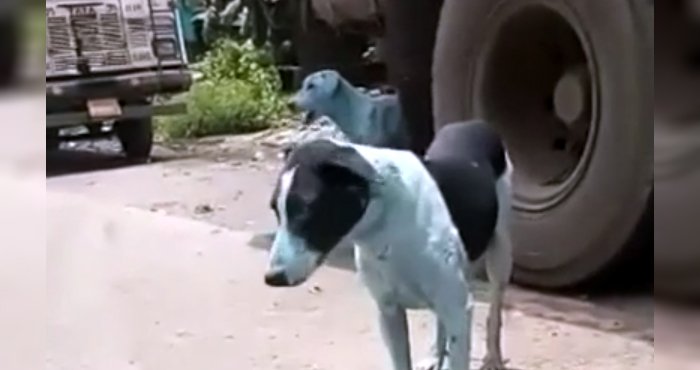
The country with 1 billion inhabitants has 30 million dogs, which are protected by law. Last May, the government approved regulations aimed at ending indiscriminate dog breeding and providing funds for basic needs such as food and shelter for street animals. According to the Humane Society, 60% of the country's dogs have no owner but are cared for by small business owners and the wider community.
In Mumbai, more than half of the population live on the streets or in slums, and dogs are a source of companionship as recyclable waste pickers roam the city
